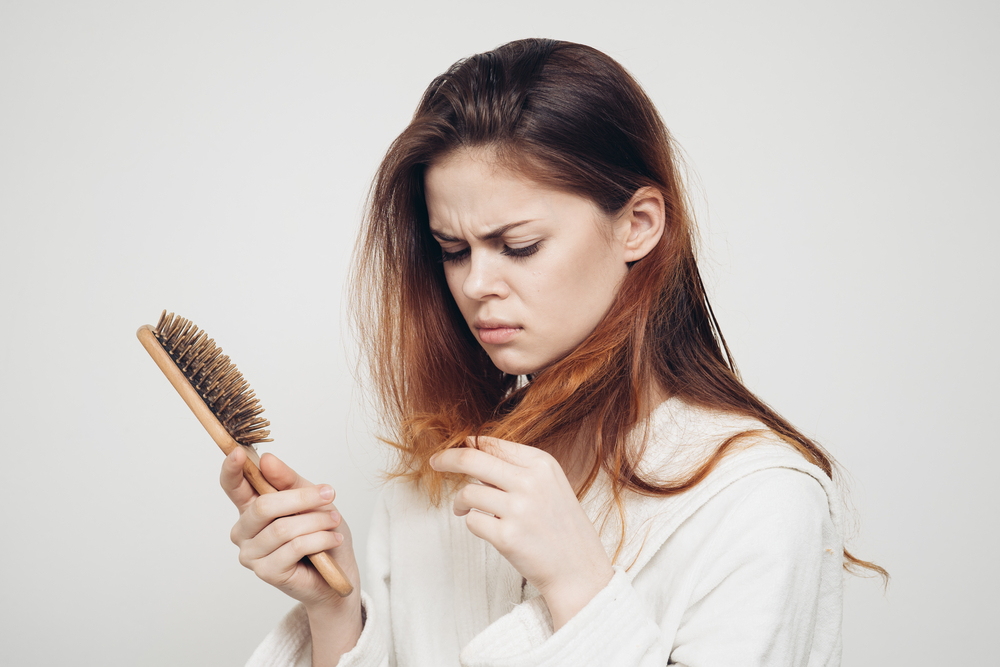Things You Never Knew About Treating Hair Loss
Hair loss has become one of the most common conditions that can be observed among the young adults, not only among the elderly people. Pollution, dust and dirt, use of excessive hair products, harmful chemicals used in hair colors and others are common risk factors for the hair condition. Being one of the most hair conditions, professionals have been taking effective measures to reach out to help extensively.
Enquire yourself first
If you have been noticing that you are losing thousands of hair in a day, then you should be concerned about the condition.

- Whether you find yourself to have specific scalp symptoms that include burning, flaking or itching.
- Ask yourself whether there has been a sudden medical problem or emotional stress in your life that has triggered the hair loss more.
- Have you been noticing hair fall for a long time? Or do you think thinning of hair has increased in recent time?
Examine the bald patches
Before visiting the professionals, you can examine your scalp to see whether the hair fall is in an acute situation.
- Check the scalp to find out redness or any other signs of inflammation.
- Run a comparison check between the top of the scalp and back of the head.
- Assess the condition of the complete scalp with making little parts of the hair.
- Note down the areas where bald patches are encountered and where hair thinning is not seen significantly.
- Pull your hair to see how many strands come out from the roots.
- By tugging hair, you can assess the strength of hair.
What is Alopecia Areata?
If hair strands are significantly falling out specific areas, it means that the autoimmune attack may take place on the hair follicles hindering the hair growth. The condition often does not require treatment as it can go away within 6 months even. However, the condition can be related to autoimmune health conditions and thyroid is the most common among all of them. Not only in hair, can the hair condition affect hair growth of other parts of the body including eyebrow and face.
Treatment for Alopecia Areata
There are several ways to treat the condition and few of the significant ones include:
- Topical steroids can be used if 50% of hair growth is affected. Additionally, Minoxidil is often mixed with the steroid.
- Patients with steroids can mix intralesional triamcinolone for four to six weeks to see the effective result. However, hypo-pigmentation and atrophy are the severe side effects of the procedure.
- American Academy of Dermatology suggests that topical anthralin can show miracle on the bald patches of the patients suffering from alopecia areata.
- For boosting self-confidence or supporting people emotionally, there is the National Alopecia Areata Foundation.
- Topical immunotherapy can work significantly in this case.
Treating the condition
There is no specific treatment for this condition; however, few treatment procedures are undertaken for helping sufferers of alopecia areata.
- Hair loss products including Men’s Rogaine Hair Loss & Thinning Treatment Minoxidil Foam, Viviscal Extra Strength Hair Nutrient Tablets, Hair Stimulating Shampoo, TOPPIK Hair Building Fibers, Ultrax Labs Hair Surge and Biotin Shampoo for Hair Growth B-Complex for Hair Loss are proven to be effective to treat the condition.
- Intralesional corticosteroid injections help the patients to show visible result within a month. However, similar to the alopecia treatments, the injections cannot seem to prevent hair loss. The needle prick can cause discomfort among people which the oral medications do not do.
- Anthralin ointment is often used for psoriasis can function well on the bald areas on the scalp. Keep it for 30-60 minutes on the scalp and wash off to see effective results within 8 to 12 weeks. However, skin irritation is one of the common side effects of this procedure as the skin can become discolored over the course of time.















